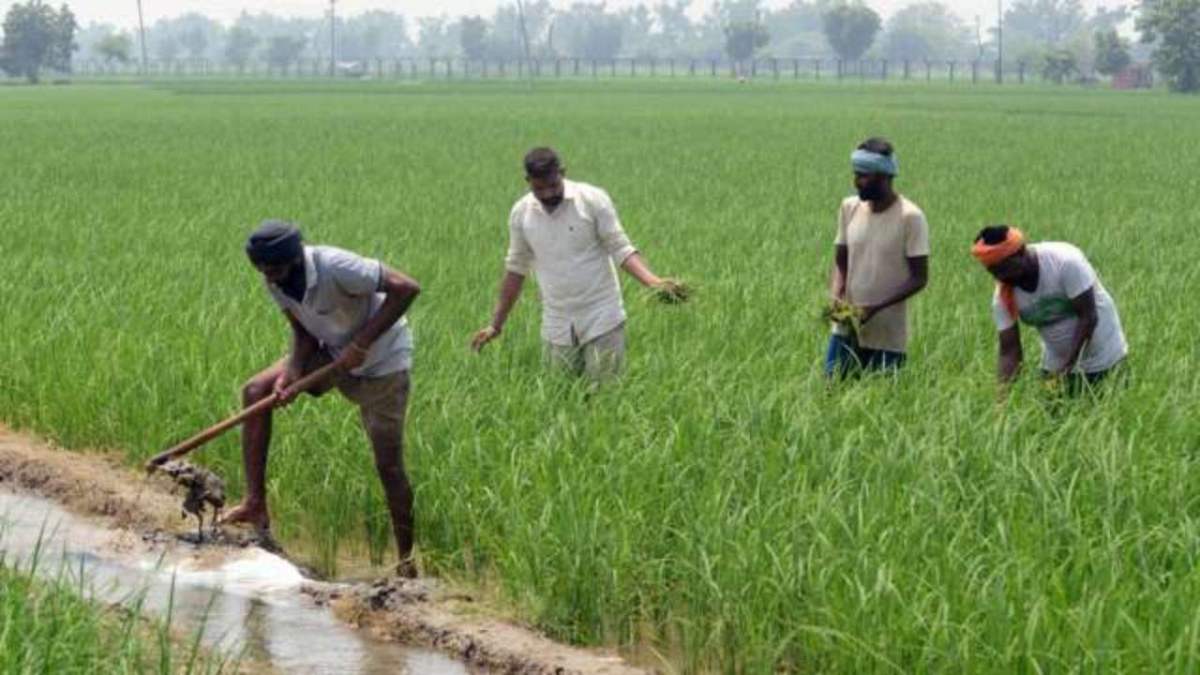In the present day context of farmer’s agitation in northern India and the row over farm laws set out by central government characteristic features of Indian agriculture are worth recalling. It is well known that India had a long history of patronage and neglect of agriculture over centuries. Yet it remained resilient to the odds of times right through the pre colonial periods.
Indian agriculture dominates every field

Indian agriculture dominates the economic, social, cultural, and even political scenario in the country. It had been basically subsistent type with 53 percent of its geographical area under cultivation in comparison to many other countries (USA 16%, China11.8%, Japan14.9% and Canada 4.3%) of the world. Due to physical, social and economic factors land holdings are highly fragmented and tiny making them unsuitable for modern agriculture. It has to be remembered that Indian agriculture constitutes 76 percent of food grains cultivation mostly employing bullocks and others animals. The per hectare output of agriculture is low because of a myriad of reasons. Barring some instances intensive cultivation is uncommon. The tradition dominated agriculture in India and the rural economy were structured on self oriented, caste-driven occupational land tenures. It is not to say that everything is going bad. Of late commercialization and intensification of agriculture is taking place in some pockets with the help of advanced technologies. The markets are metamorphosised and the nation is highly self sufficient with food grains. Progressive farmers are inching towards remunerative crops.
Also Read: Farewell to Welfare of Farmers & Most Obedient to Market Forces
Status of agriculture low

However, the status of agriculture in social life is low and not considered as honourable and dignified as a profession to pursue. There is an all pervading disenchantment and lack of enthusiasm towards agriculture among youth. The new generation farm families prefer a government or an IT job in cities in preference to agriculture. Even for petty jobs in urban areas the clamour is mounting. We see a phenomenon of mass migration of people to cities in search of ‘green pastures’. Added to this issue are the problems of soil erosion and degradation and unscientific methods of cultivation in hinterlands.
Also Read: Will SC ‘stay’ the implementation of Farm Acts?
Centre’s job is to articulate, advocate, facilitate
There are far more other institutional financial and cultural problems faced by the farmers. The solutions for them are abundantly available and known. The problems have to be addressed with ‘result orientation’ and pragmatism. Regionally differentiated work plans in an inter-active mode have to be devised by the state governments and the centre should take up the role of advocacy, articulation and facilitation to help states in their efforts towards accelerated agricultural development. This is needed as agriculture is and will remain as crucial input for India to absorb economic shocks. This fact was well reflected in times of food shortages earlier and the pandemic COVID-19 now, by remaining as a significant sector of contribution to the state’s GDP.
Also Read: Empower the Contractors & Companies and Disempower the Farmers & States




